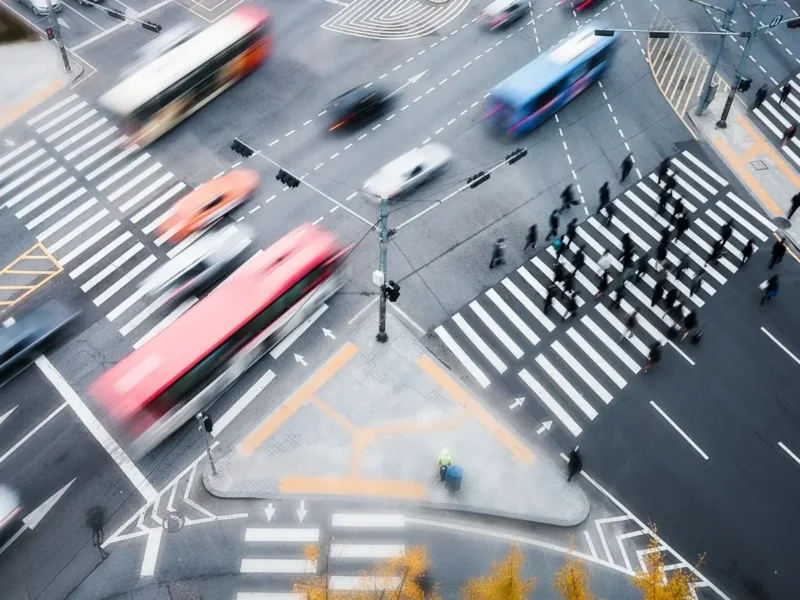Hosted on the 16th of June every year, Clean Air Day (CAD) has become the UK’s largest clean air campaign.
Run by the Global Action Plan, Clean Air Day aims to educate the British public on urban air pollution, raise awareness on the health consequences of air pollution, and introduce simple solutions to reduce it.
Clean Air Day will help to integrate sustainable practices as the norm. The CAD 2021 celebration report demonstrated the power this event has had in causing societal change:
- 2.7 billion opportunities created to see messages about clean air day
- 90% of people report doing at least one thing to help reduce outdoor air pollution
- A 22% increase in people now choose to walk or cycle instead of using the car for short journeys. (from 42% to 64%)
- A holistic movement incorporating families, businesses, universities and organizations.
Air pollution is the contamination of air by harmful fine particles which when exposed to humans can “penetrate deep into the lungs and cardiovascular system, causing diseases including stroke, heart disease, lung cancer, and respiratory infections.” (who.int).
What are air pollutants?
Clean Air Day aims to educate on the types of substances which are present in our air that cause harm, such as:
- Emissions of Particulate Matter (PM10 and PM2.5). Particulate Matter is the sum of solid and liquid particles suspending in air, containing organic and inorganic materials such as dust, pollen, soot, and smoke
- Emissions of Nitrogen Oxides. These are formed after combustion of fossil fuels and are harmful to health.
- Emissions of Ammonia. When mixed with other gases like oxygen and nitrogen it forms PM that can exist several days and travel long distances causing major health concerns.
- Emissions of sulphur dioxide. These can be corrosive acidic gas, produced by using coal and crude oil. These are especially bad for those with respiratory illnesses like asthma.
- Emissions of Non Methane Volatile Organic Compounds (NMVOC’s). These contribute to ground level ozone which impacts health, agricultural growth, and they react with other substances to form more dangerous gases such as formaldehyde.
It is crucial that these substances are monitored to track the impacts of climate change on the atmosphere, indicating when air is posing a risk to human health.
Air Pollution and Health
Air pollution is labelled as the main environmental health risk by the WHO and UK government:
- 7 million deaths occur annually due to exposure to ambient and household air pollution
- 2.6 billion people depend on polluting resources for cooking
- 91% of global population stay in regions which go beyond WHO air pollution limits
- An estimated 28,000-36,000 people die every year in the UK because of exposure to air pollution, which often exacerbates pre-existing conditions such as asthma
- A quarter of UK schools are based in areas of high air pollution in the UK
Clean Air Day | Action for Clean Air, Air pollution (who.int),
What could you do for Clean Air Day?
In 2021 alone Newport council hosted an electric vehicle unveiling, showcasing electric buses, electric taxis, and an electric refuse vehicle which is the first ever in Wales. Leeds city council also proposed a new air quality strategy and held an open day style event consisting of an information style, bike register pop ups, e-cargo bike competition whereby the prize was delivered by Olympian champion Alistair Brownlee. The Royal London Hospital received 131 more air quality sensors as well as hospital staff pledging to personally reduce air pollution. Oxford Friends of the Earth initiated a project to monitor ultrafine particles (PM2.5), involved installing 20 particulate monitors And finally The Climate Group launched the UK Electric Fleets Coalition 2021 policy paper, highlighting the influential roles of businesses in the transition of electric powered transport and net zero economies.










